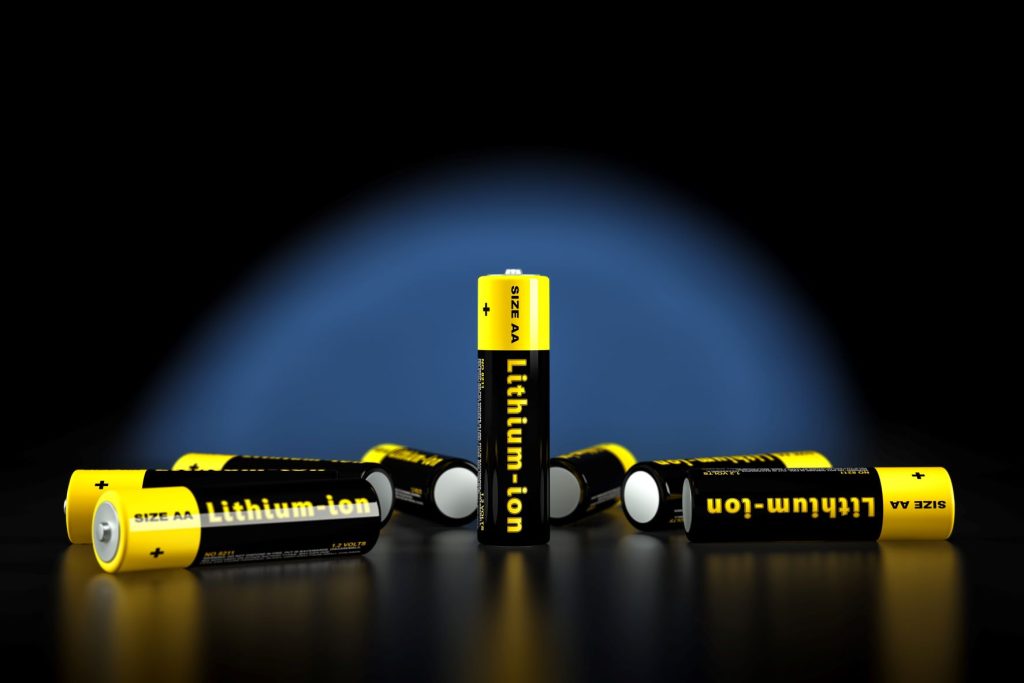On a recent dive into Linkedin, I stumbled across the profile for Matt Humby, Technical Sales Consultant for the Sentura Group. Matt has recently been posting on fire safety issues surrounding lithium batteries.
By Robin Glover Account Executive, Commercial – Aston Lark
My first response was while this was interesting, it didn’t apply directly to me. However, it could be relevant to my clients. Then I started thinking about my own uses, and quickly realised how dependent I’ve become on lithium batteries. After a quick scout around the house, it took me no time at all to find the following products that rely on lithium batteries:
- Three mobile phones
- Golf trolly
- Two tablets
- Vape pen
- Two Segways/hoverboards
- Two laptops
That’s quite the lithium battery shopping list.
And therefore, quite the opportunity for the associated risks.
Despite, the wide usage, many people are still in the dark about how far reaching and integrated the technology of lithium batteries is. And yet I am sure that these types of batteries will permeate even more devices in the future. Furthermore, the ubiquitous nature of lithium batteries could unknowingly put more of our personal possessions and businesses at risk of fire – an unwanted consequence that’s coming to light.
To use a recent example, cast your minds back just a few years to 2017 when there was a major recall for a common type of battery used in a mobile phone. This is clearly neither a new nor unique problem. And as chargers and batteries age, the associated risks are likely to grow – not go away.
A cause for concern and prevention
Fire agencies throughout the UK and in the US have warned the public about use of untested chargers. It’s easy to buy these cheaply online and could lead to damaging the batteries, degrading them further, and even sometimes causing combustion leading to fire. Typically, these types of fires have been particularly hard to extinguish and emergency services dealing with vehicle fires have had to employ new techniques to bring these blazes under control. Now, if I were to think about that hoverboard in my house – which someone may or may not have plugged into the hallway – this raises a number of safety questions.
- Has it been left charging overnight?
- Or worse, has it been left recharging and unchecked for days at a time?
- Is it using the charger which was approved by the original manufacturer?
The risks of lithium batteries
To add validity to these very real concerns, Firechief Global (the leading brand in fire prevention equipment) made the following statement on the technology Lithium-ion Battery Safety Range | Firechief Global (batteryfiresafety.co.uk.)
Battery fire safety can be compromised by physical impact. This includes dropping the battery or device it is contained in, overheating, internal cell failure, short circuits, or manufacturing defects. Over the last three years, there has been a massive increase in recognition of risks lithium-ion batteries pose. The result of this awareness? They are now recognised as a serious fire risk, and health and safety issue by many insurance companies.
One of these, Aviva, now warns customers to take care when charging electrical items, after receiving dozens of home fire claims caused by chargers and batteries in 2021. The leading insurance firm found a common cause, which is components over-heating. This resulted in fires in the home and in many cases, damage was made worse as customers had put items to charge and then left their homes, enabling a blaze to take hold.
Claims to Aviva involving batteries in 2021 included a fire where e-scooter batteries had been left on charge in the garage (value: £150,000), and a fire believed to be caused by an exploding e-cigarette battery (value: £140,000). Insurance firm Zurich has also seen claims for lithium battery blazes triple over three years, with most caused by defective batteries, incorrect chargers and items being left on charge for too long. Third-party batteries which can be bought cheaply on the internet – and don’t always meet safety standards – were also to blame.
Lithium-ion battery fire safety top tips
There are a number of ways to reduce the risks associated with lithium batteries. The London Fire Brigade provided the following, helpful information.
- Always use the charger that came with your phone, tablet, or e-cigarette. If you need to buy a replacement, choose a branded, genuine product from a supplier you can trust. There are a lot of fakes on the market, and it can be difficult to spot the difference.
- Avoid storing, using, or charging batteries at very high or low temperatures.
- Protect batteries from damage which can be caused by crushing, puncturing, or immersion in water.
- Don’t leave items continuously on charge after the charge cycle is complete, e.g., don’t leave your phone plugged in overnight.
- Never cover chargers or charging devices, this includes using your laptop power lead in bed.
- When you travel, avoid keeping all your items that use lithium-ion batteries together, especially on a plane.
- Don’t overload your plug sockets.
Surveyors on risks will often point out combustibles stored near to any electrical charging points, so insurers are already aware of these hazards and liabilities. To manage these risks appropriately, you’ll be far better off understanding what products use lithium-ion batteries in your home or business.
So, whether you have a selection of laptops or mobiles charging far longer than necessary, or a stockpile of Segways plugged in, be mindful of lithium battery care and consequences.
Our brokers will help you find the insurance programme most suited to your business needs. Request a quote today and we’ll be happy to help.



